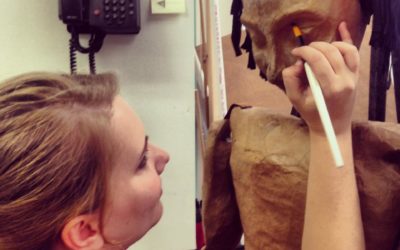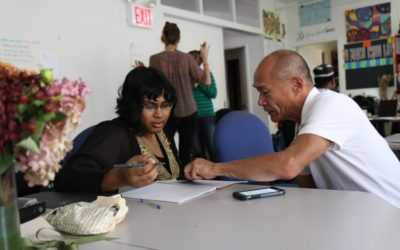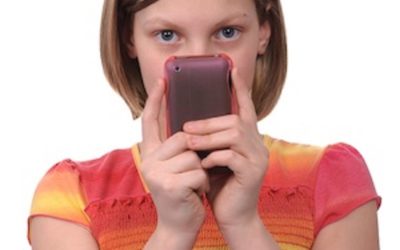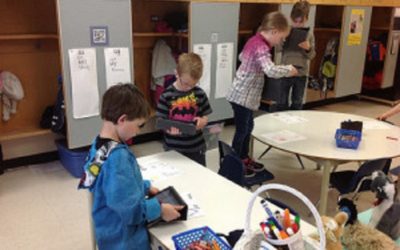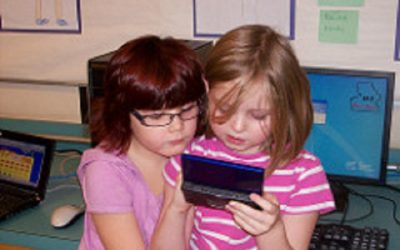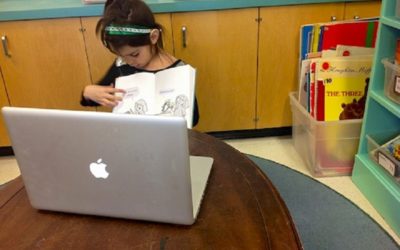Powerful Learning Practice Blog
Best Classroom Uses of Technology
It is common from time to time for connected colleagues to send me questions for my input. Usually, it is motivated by one or more of these factors: curiosity, wanting to inform their practice, or maybe information for a paper or book they are writing. One such...
Innovation- What Do We Need To Know?
Article with quick tips on supporting innovation.
How to Get Hesitant Teachers to Use Educational Technology
In my role as tech advocate, I habitually find myself trying to coax established educators to use new tools and incorporate new methodologies. Here are some ways I have found to be successful in this endeavor.
Scaffolding Quadratics: 2 Things My 8th Graders Taught Me with Student Feedback
We’re studying quadratics in my 8th grade class. Even the name can strike fear in the heart of the most competent adult. I didn’t want it to be that way for my math kids. I wrote a good lesson plan and then I let students help me modify it. Essentially, they “taught” me how to teach them better through the interaction and feedback we gave to each other during the learning process. We built the scaffold together.
Start with Why: The power of student-driven learning
Why do we have so many students who are frustrated and bored, just waiting to be challenged? We’ve made education about manipulation and hoops instead of inspiring our students to pursue learning that matters to them — learning that can help them make a difference in our communities and the world. By beginning with the Why questions, says teacher Shelley Wright, we can create powerful student-driven learning environments.
A Real Lesson in Digital Citizenship
All of us who advocate for the learning potential of mobile technologies continue to navigate the hurdles of opening up BYOD devices in the unique context of school. My students and I had an “a-ha†moment the other day, in terms of digital citizenship and how we really need to think before we post images to the Internet. Or maybe even before we take the picture.
Virtual Integrity and the Digital Citizen
Integrity is a key virtue for today’s culture, says Sister Geralyn Schmidt, education technology coordinator for the Diocese of Harrisburg (PA). “In today’s world, each of us who has a digital footprint makes two impressions: one in the real world and one in the virtual world. The words and attitudes that we use in both arenas must match. When we achieve this, we become someone whom others can truly rely upon.”
Technology in the Classroom: Embrace the Bumpy Ride!
Is using technology in the classroom a bumpy ride? You bet, says primary teacher Kathy Cassidy, who’s gained a worldwide reputation for her work with tools and apps in the primary classroom. “But we need to begin thinking the way our children do. We use technology not just because it is technology, but because of what it can do. It engages us and helps us to learn.” Teaching is always a journey over rough roads, Cassidy says. But we master what matters for kids.
Passion Based Learning (PBL) in Primary: Making Up the Rules
Science and health lend themselves easily to PBL (passion or project-based learning) in my mind. But I wasn’t sure how I was going to make it all work in a social studies unit about relationships, rules and responsibilities. I want this to be based on what the students are interested in. Yet there really is nothing about the words “relationships,†“rules†and “responsibilities†that has the ability to inspire passion in most six-year olds. But then I thought about our six Nintendo DS gaming devices.
Blogging with Elementary Students
Blogging has created amazing opportunities for me to share my voice using an asynchronous tool to be transparent about what I am exploring and discovering in regards to learning and how technology can really enhance learning experiences for myself and my students.

